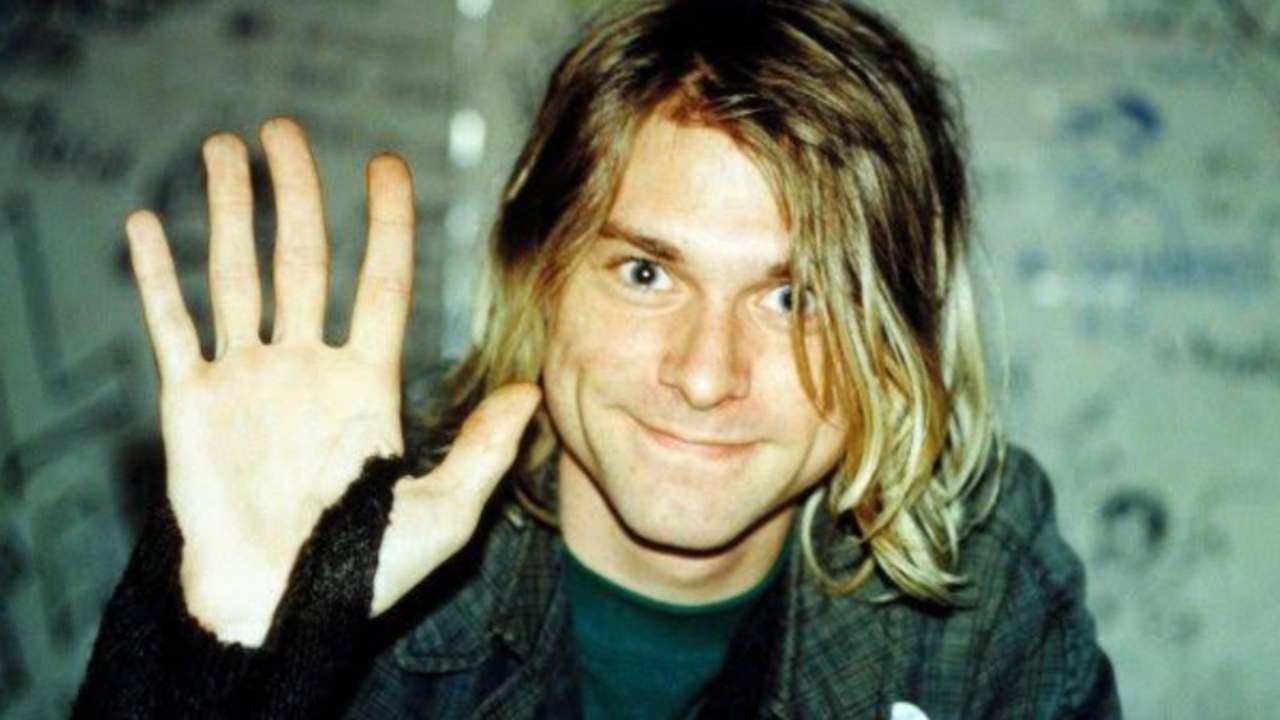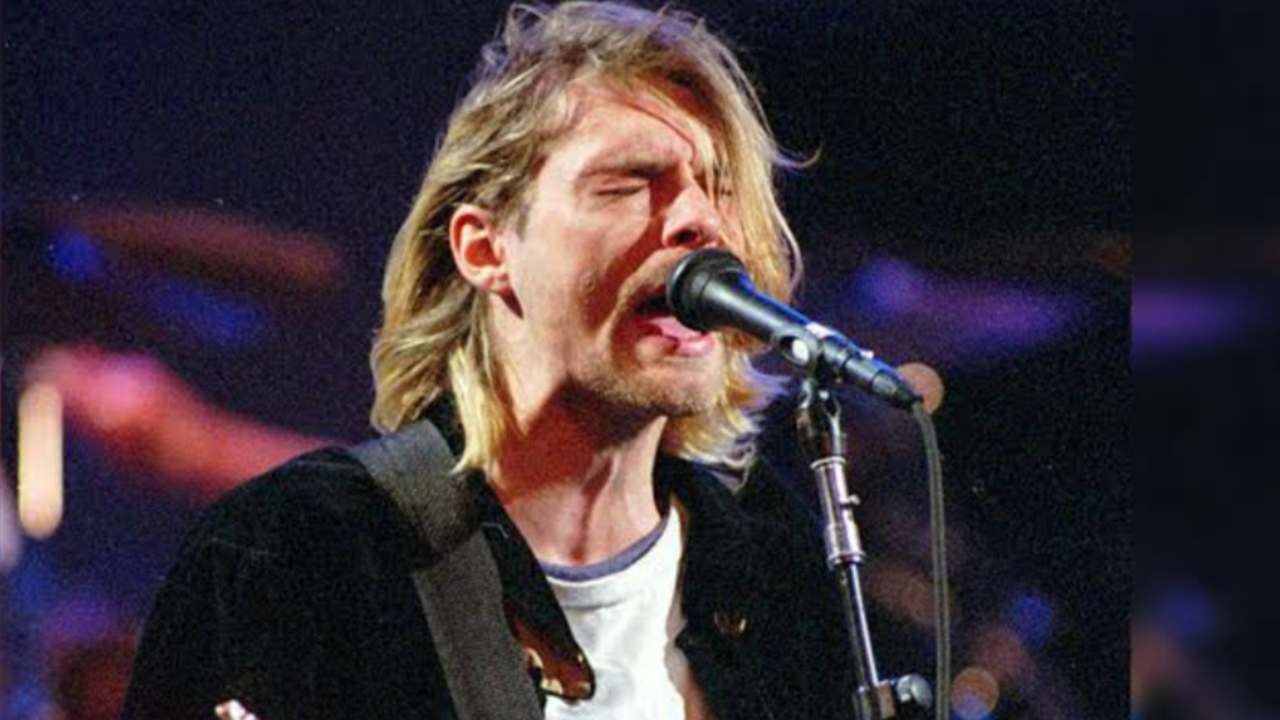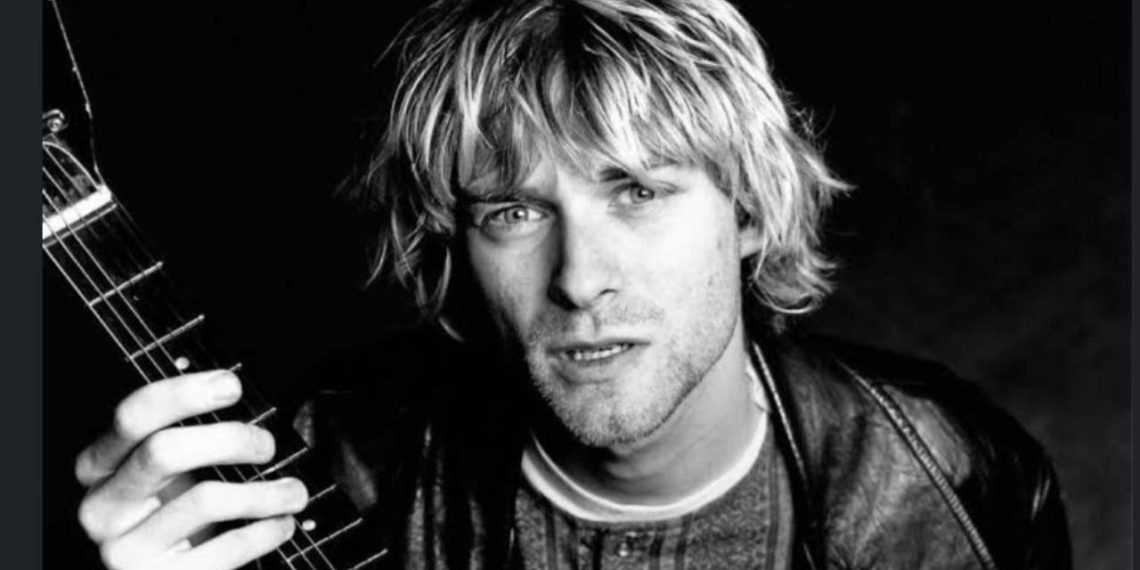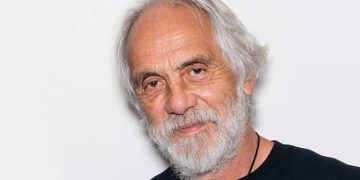Near Kurt Cobain’s Seattle residence, an informal tribute site attracts admirers to honor the iconic Nirvana leader. Two park benches are embellished with heartfelt notes, mementos, and graffiti as a homage to Cobain.
“When you listened to Kurt, you never were expecting the next lyric to be, and you were never expecting these chord progressions that don’t exactly go together,” said fan Erin Bucher, who drove to Seattle from Arizona to pay tribute to Cobain and mark the 30th anniversary of the singer’s death. Bucher said he turned 13 the day Cobain died by suicide in 1994.
“It’s amazing that something he never expected to grow into what it did, you know, and something he was always against the fame and the popularity,” Bucher said.

Located beneath the Space Needle, Seattle’s Museum of Pop Culture (MoPOP) houses the world’s most extensive assortment of Nirvana artifacts, documenting Cobain’s evolution from a quaint logging community to global stardom during the band’s seven-year tenure.
“He’s an incredible songwriter writing these catchy songs. He has an amazing voice. His lyrics are nebulous enough that you can make up whatever narrative you want for them — and he’s beautiful.
There’s a sort of tragic aspect to him that somehow draws people,” said Jacob McMurray, the chief collections and exhibitions officer at MoPOP.
Since 2011, McMurray has curated the exhibit, highlighting Cobain’s multifaceted allure. In an era where mainstream rock stars eschewed thrifted flannels, Nirvana’s arrival resonated deeply with ’90s fans.
Fueled by the MTV era, the band soared to unprecedented fame almost overnight. Cobain’s premature exit at the pinnacle of his career ensured Nirvana’s legacy remained untarnished, with no opportunity for subpar albums.

“That kind of mysteriousness, that disaffectedness, that idea that this is somebody that didn’t come from a lot of opportunity, but with a lot of talent and ambition and luck became the biggest rock star in the world,” McMurray said.
Cobain’s legacy is intricate, entangled with a narrative of substance abuse and personal tragedy that shadowed his career.
Upon his untimely demise, a wave of memorials emerged as fans grappled with the abrupt termination of such prodigious talent.
“The end of Kurt Cobain doesn’t diminish the path that he went through and the fact that he was a supremely talented musician that really changed the face of music,” said McMurray.
Outside Cobain’s residence, Scott Feldman accompanied his son Josh, a high school senior, on a pilgrimage to the memorial from across the country.
“We just came here pretty much to pay our respects today, and we’re heading back to New Jersey tonight,” said Scott.
While new generations discover Kurt Cobain and Nirvana, McMurray says, despite his imperfections, Cobain’s legacy lives on in everyone who finds inspiration in his talent.
“This has become a cultural thing, this is more than just a tiny story that we’re telling and encapsulating. It is something that is continuing to grow and evolve and is a living structure at this point,” said McMurray.
McMurray aims for the exhibit to illustrate the remarkable achievements of a group of small-town twenty-somethings. It’s this aspect of Nirvana and Cobain’s narrative that persists in inspiring others.




